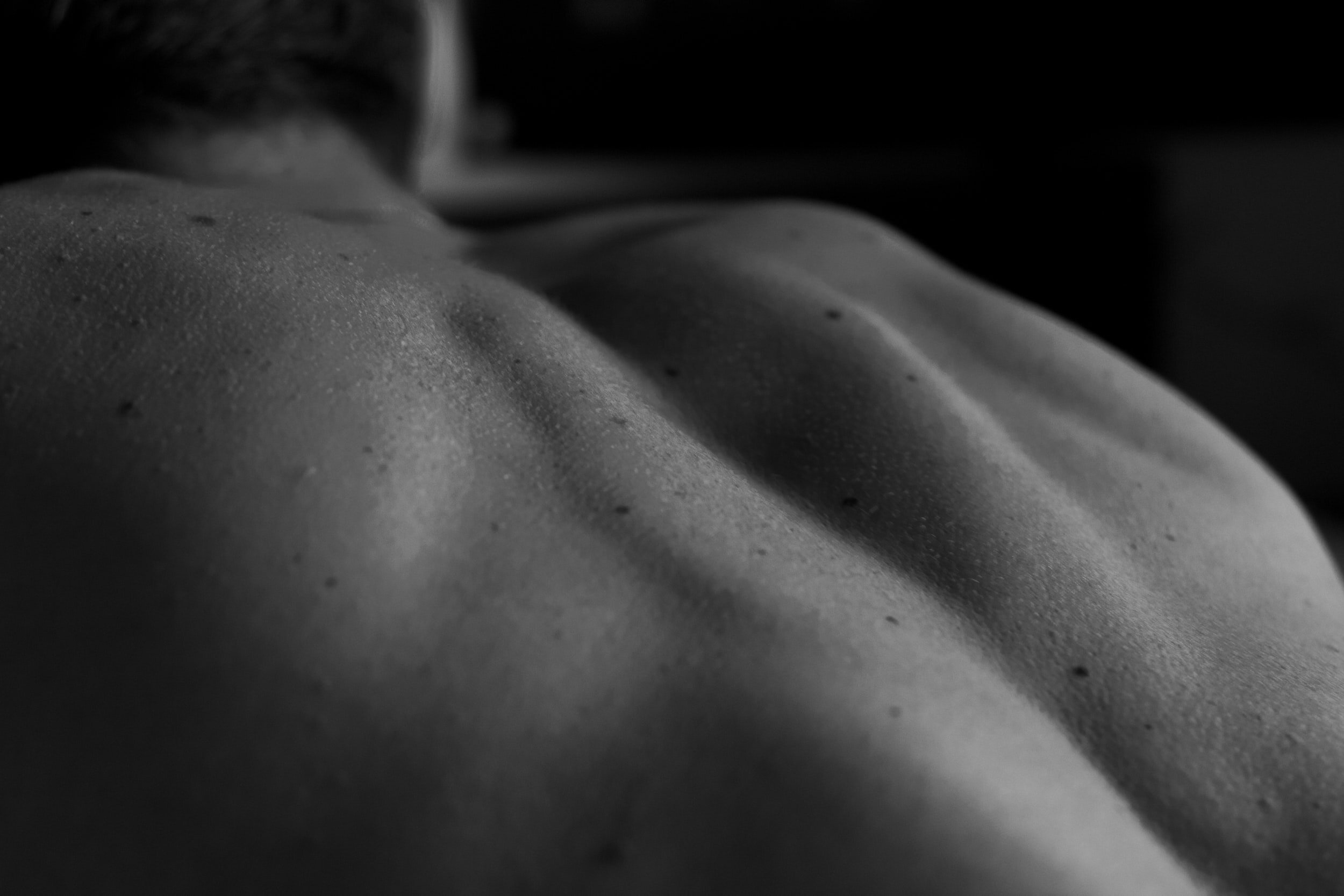
arthroscopic, reconstructive & arthroplasty surgery
Shoulder Dislocation / Instability
Shoulder instability
The Young Person’s Injury
Shoulder instability is mostly a young person injury which results in the shoulder joint being unstable or loose. This occurs due to the capsule and ligaments to the shoulder being stretched or torn. You can have a fracture in association with a dislocation. This can be a frank dislocation or a subluxation (partial dislocation). The majority of these injuries are due to sports or recreational activities. Unfortunately, after a single traumatic dislocation it is very likely you will have recurrent dislocations, 90% in patients less than 20 years old.
Shoulder Instability Symptoms
Apart from the obvious shoulder dislocations or subluxations, patients may experience a feeling of instability or pain when performing certain activities or in certain positions
Diagnosis
Shoulder instability diagnosis would involve a detailed history and examination focused on how unstable the shoulder is but also how “stretchy” your ligaments are.
Radiological imaging would consist of a X-Ray, a MRI and sometimes a CT scan if a fracture was suspected. MRI scans generally highlight if you have torn the ligaments of the shoulder socket ie. Labral tear.
Risk factors
The risk factors for recurrent shoulder instability are primarily focus on age and activities. They include:
Age <20
Hyperlaxity of joints
Competitive sports
Contact sports
Labral tear
Fractures of the shoulder joint
Treatment
Initial treatment for shoulder instability consists of non operative measures. Such as:
Physiotherapy
Strapping/braces
Activity modification
But if this fails or it is clear radiologically and clinically that the shoulder is unstable and has a high chance of recurrent instability, surgery would be recommended.
There are two main surgical options; the most common operation is an Arthroscopic Shoulder Stabilisation. Depending on the level and type of sports you may play but also if there are fractures involving your shoulder joint you may be recommended to undergo a Laterjet Procedure.
Arthroscopic Stabilisation or Labral Repair
An Arthroscopic Stabilisation is a keyhole operation in which the Labrum (Ligament insertion) is repaired back to your glenoid (shoulder socket). This is performed using a series of tape, sutures and anchors to tightened and repair the ligaments of your shoulder.
It is a simple day procedure which take approximately 30mins to perform. Post operatively you will be placed in a sling for 6 weeks. After which you commence physiotherapy. You will be back to normal activities at 3 months.
Laterjet Procedure
A Laterjet procedure is an operation to stabilise you shoulder joint. It is a more robust reconstruction which is a preferred option for high level contact sport athletes and patients with fractures in the shoulder joint.
It involves utilising a bone prominence from you shoulder blade called the “coracoid” along with its tendon insertions, rotating it and fixing it with two screws to the front of your glenoid (shoulder socket). This works in two ways to stabilise your shoulder and even in contact sports has a very low chance of recurrent dislocations.
The operation is a slightly larger operation which take approximately 60mins and will usually require an overnight stay in hospital.
Post operatively you will be placed in a sling for 2-4 weeks. You will commence Physiotherapy at the 2 week mark and back to normal activities at the 2 months.
Shoulder Dislocations & Instability
Click to view more information regarding surgical methods used for treatment and what to expect from post operative care and recovery.




